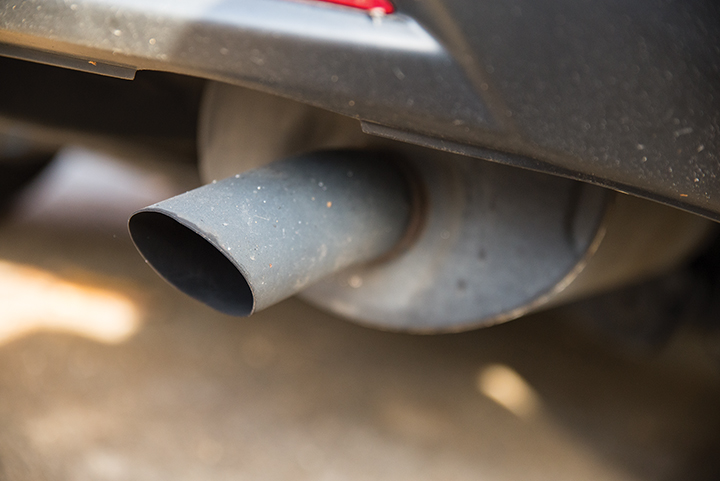After last week’s election selected Donald Trump — a known proponent against climate action — as the president-elect of the United States, the University of Maryland has “a renewed reason to really focus on climate action,” said Mark Stewart, a senior project manager for the Office of Sustainability.
This university already has its 2009 Climate Action Plan, created by the sustainability office, and is constructing carbon offset programs to meet the plan’s goals, which include cutting carbon emissions in half by the year 2020. Stewart said the sustainability council is currently revising and updating the climate action plan, noting he hopes it will be able to release those revisions in the coming months.
One of the main ways to reduce carbon emissions, Stewart said, is to purchase carbon offsets. This “purchase” gives money to an organization or company that is working to counteract the negative effects of pollution, such as projects that reduce carbon dioxide emissions or trap and store carbon dioxide to cut down greenhouse gas buildup.
The sustainability council’s potential Carbon Offset Program has two parts. One is an optional carbon offset fee for commuters, meaning that when “someone purchases a parking permit at the Department of Transportation Services, they would have the option to add-on to their parking permit to pay for projects that take carbon out of the atmosphere in order to balance their carbon emissions from driving,” said Sally DeLeon, a sustainability office project manager.
She noted anyone could purchase carbon offsets on their own if they wanted to, but the benefit of doing it through DOTS is that it will probably be less expensive because the university could purchase carbon offsets in bulk.
The other part of the plan would be a mandatory carbon emissions fee for the university as a whole. The sustainability council has been working on the carbon offset plan for two years, and neither part of the plan is currently in place.
While the first part of the plan is voluntary, the second part would bring the university a lot closer to meeting its emission reduction goal, Stewart said.
“We are proposing to eliminate the carbon footprint associated with the university’s air travel [through carbon offsets],” Stewart said. “We fly a lot as a university. There are a lot of students who study abroad, faculty who travel around the world for research projects, so that’s a lot of carbon emissions. And honestly, that’s the larger challenge that we have for meeting our 2020 goal.”
Because the second part of the plan involves mandatory payment and cooperation on the university’s end, it has to go through an approval process, Stewart said. It is currently pending approval from the administrative council, who will then recommend the plan to university President Wallace Loh.
And while that part of the plan goes through the approval process, the sustainability council is working with DOTS to figure out parameters for the voluntary commuter offset option. Stewart said the draft of the climate action plan aims to have 5 percent of commuters opt in to offsetting their emissions. Anna McLaughlin, the assistant director of DOTS, said she thinks commuters will be motivated to do this.
“I think there are a lot of people, especially on campus, who think about [their emissions],” she said. “People are becoming aware of how their day to day … activities can add up and have a natural impact.”
The suggested amount of money commuters pay would be based on a calculator that takes into consideration the make and model of the car as well as the number of miles the commuter drives to and from the campus, McLaughlin said.
If the sense of personal responsibility isn’t enough to encourage people to purchase carbon offsets, Stewart said the sustainability council is currently discussing an option for some kind of incentive, such as a bumper sticker people can proudly display on their car.
“One of the things that gives me a sense of optimism looking forward is that we are part of a community that really wants to take action,” Stewart said. “I think that the sticker, even though it’s a little thing, will help people feel like they’re really part of a community that’s doing what they can to eliminate their personal carbon footprints.”



